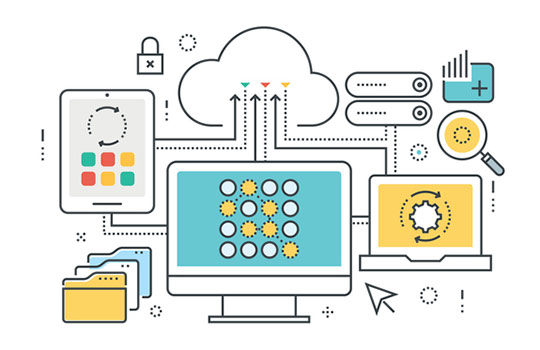Although real world data can complement data from trials, overly optimistic expectations about its use may lead to a situation of “surreal world data”
 Over the past few years we have seen increasing attention paid to, and demand for, real world data (RWD) to support the evidence on the effectiveness of new medical technologies and medicines. However, there are a lot of misunderstandings and misconceptions about the benefits that such data can add. According to the “Get Real” initiative—part of the large EU Innovative Medicines Initiative (IMI)—we need a common understanding about what constitutes RWD, a consensus on its relevance, and improved methods and governance.
Over the past few years we have seen increasing attention paid to, and demand for, real world data (RWD) to support the evidence on the effectiveness of new medical technologies and medicines. However, there are a lot of misunderstandings and misconceptions about the benefits that such data can add. According to the “Get Real” initiative—part of the large EU Innovative Medicines Initiative (IMI)—we need a common understanding about what constitutes RWD, a consensus on its relevance, and improved methods and governance.
The first thing we need in order to reach a common understanding is a definition. RAND Europe defines RWD as an umbrella term referring to “any data not collected in ‘conventional randomised controlled trials (RCTs).'” It may include data from existing secondary sources (e.g. databases of national health services) and the collection of new data, both retrospectively and prospectively.” Thus, RWD can be obtained from different sources such as registries, claims databases, electronic patient records, biobanks, and even social media, chat rooms, and patient communities.
Although RWD and data from RCTs are clearly distinct types of data, they should not be seen as being in competition with each other, but rather as complementary.
During the development phase of a new medicine, sources of RWD can help to better characterise diseases, patient populations, and patient needs. These data, describing the world without the new medicine, help us to understand patients’ needs, and the number of complications, events, or non-responders. They can therefore help to better target the patients for which the new medicine should be developed.
During the market access phase, i.e. the phase in which coverage by healthcare systems is sought, RWD allow for a better understanding of the modalities of the current standards of care—for the sake of comparison with the new medicine. Here RCT data are insufficient, largely because of the patient selection through a list of exclusion criteria. The RCT does the job it has to do, namely to investigate whether the new medicine is better than the standard of care within a controlled environment. In parallel, RWD do their part of the job by better describing the occurrence of complications and adverse events in routine clinical practice with current care. It is the combination of both types of data that can help to better estimate the impact of new medicines.
Finally, during the market usage phase, once innovative medicines are used in routine practice, RWD allow us to monitor and understand their modalities of use, the adherence, and other outcomes (tolerance, safety, and effectiveness) in routine clinical practice. RWD may also support outcomes based agreements. In such agreements, if the real life outcomes are not in line with the predicted outcomes (the latter are often based on modelling exercises to predict what will happen beyond the duration of the RCT) this has financial implications for the manufacturer.
Although RWD can complement data from RCTs, overly optimistic expectations about the use of RWD may lead to a situation of “surreal world data.” Indeed, RWD used for the wrong purpose or at the wrong time, or data that are of poor quality and with incorrect analyses, are not doing their job. Typically, an attitude such as “we have data; what should we do with them?” is not the way forward. Rather, the attitude should be: “we have well defined questions that cannot be answered via an RCT; which data do we need and when do we need it in order to answer those questions?”
The ownership of the data is another issue that needs consideration. What’s the use of one party having their RWD and another party their own other set of data? We need to jointly invest in RWD and have common standards for data input and data organisation. Good examples are the European Reference Networks and the European Medicines Agency (EMA) initiative on patient registries. A recent multistakeholder initiative established principles of good practice and the actions that are necessary to improve the use of RWD throughout the lifecycle of innovative medicines.
Finally, as a health economist, I wonder whether the use of RWD is always cost effective. What is the cost of getting the data? What are the efforts needed to manage the data, to ensure privacy protection, to clean and interpret the data? What do we get out of it and to what extent will the findings influence our knowledge base about the medicine?
Only when these and other considerations are accounted for will RWD have a chance to play their complementary part and generate better evidence for new technologies.
Lieven Annemans is a senior professor of health economics at the Faculty of Medicine at Ghent University, Belgium, and past president of ISPOR (the International Society of PharmacoEconomics and Outcomes Research).
Competing interests: None declared.
